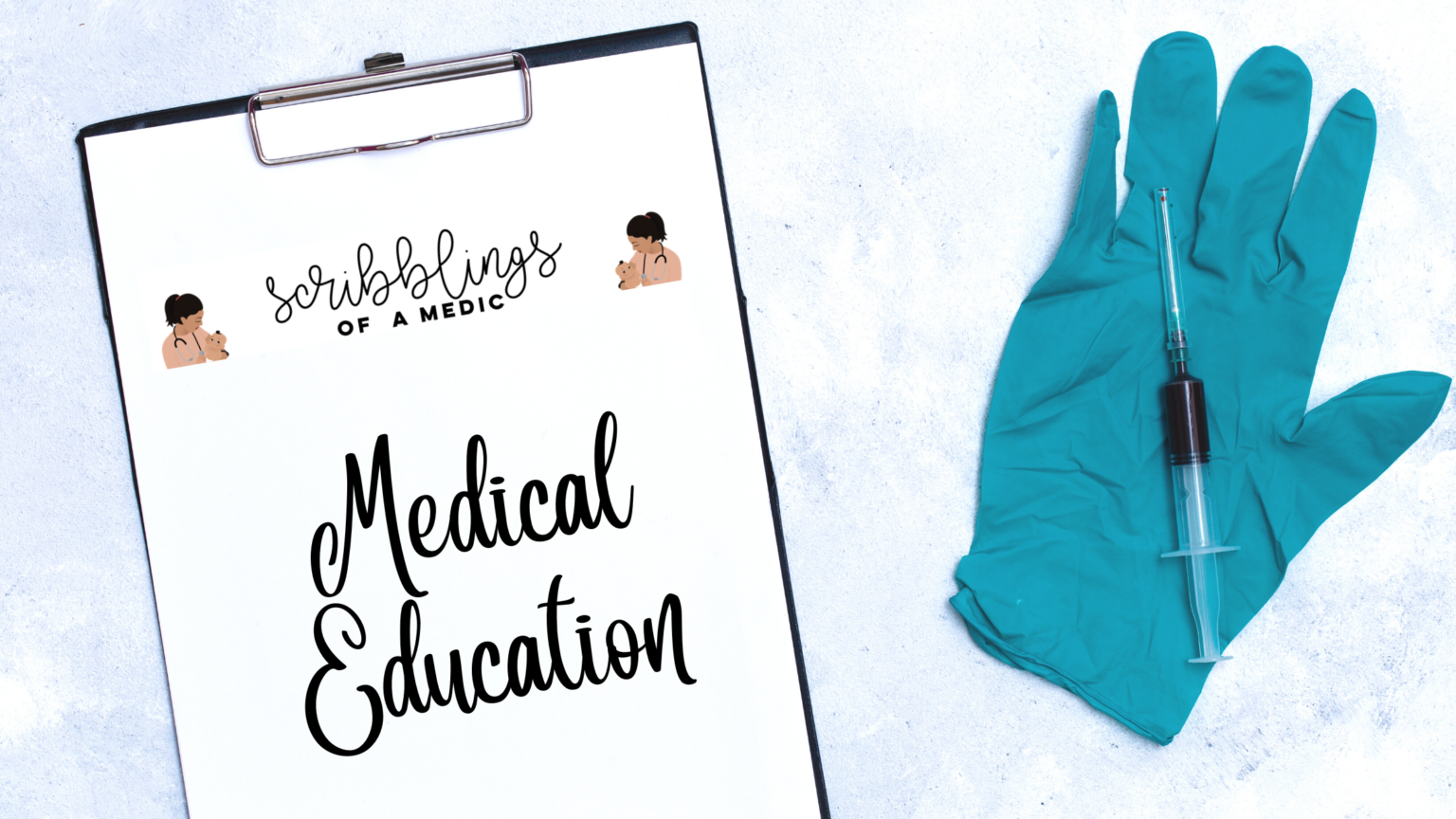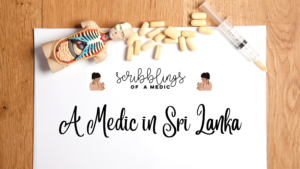Neonatal hypoglycaemia is a very common reason for you to get woken up as an intern in the postnatal ward. The WHO guideline defines hypoglycaemia as <45 mg/dl but this value has been found to vary quite a bit amongst different guidelines around the world. If you’re working in Sri Lanka though I would advise you to be safe and stick to the Sri Lankan guidelines. Different neonatal units have different management plans on how to diagnose and manage neonatal hypoglycaemia so definitely check with your department seniors.
It is thought that neonates anyway take sometime to adjust their glucose levels and it is common to find asymptomatic hypoglycaemia in neonates in the 1st few hours. Any blood glucose level at or below 18mg/dl requires urgent management even if asymptomatic as this level can cause neurological damage.
Steps taken to prevent hypoglycaemia
- Breast feed within the 1st hour
- Keep the baby warm
- Recognize feeding cues and feed the child every 3 hours (let the baby sleep for 3 hours, if any longer wake the baby up for a feed)
- If the baby doesn’t suck, you can try with a cup feed of expressed breast milk (formula feed can be given if the mother is too ill to express)
Infants at risk of hypoglycaemia include those that are of low birth weight, premature, infants of diabetic mothers and overweight babies (>3.7 kgs). They should be monitored using a glucometer (heel prick). Any baby who has signs of sepsis such as irritability, excessive crying, tachypnoea, e.t.c, needs to have a blood glucose checked as well.
The Sri Lankan guidelines state “Measure blood glucose pre second feed and 4 to 6 hourly for the first 24 to 48 hours” in babies at risk, however in our unit the consultant wants the glucose measured within the 1st 2 hours of birth which is a bit stressful because most babies will have a low blood sugar within the 1st few hours after birth. Thereafter we normally check the babies every 4 hours or every 6 hours for the 1st 24 hours. I’ve heard some hospitals check the blood glucose of at risk babies every half an hour since birth for the 1st 4 hours so you need to check with your department about their protocol.
Treatment
- If the baby is asymptomatic and the blood sugar is more than 37 mg/dl according to local guidelines (our unit takes it as 45 mg/dl), then you can give the child a tube feed of the correct volume of expressed breast milk/formula milk.
- If the blood glucose is less than 37 mg/dl or there are signs of neurological dysfunction such as jitteriness, cyanosis, seizures, apnoea, tachypnoea, weak/ high-pitched cry, floppiness or lethargy, poor feeding or irritability – an IV cannula should immediately be inserted and a bolus of 2-3ml/kg of IV 10% dextrose.
- All boluses should be followed up with an IV infusion of dextrose as there can be rebound hypoglycaemia if not. Rebound hypoglycaemia occurs as with the rapid increase in the blood glucose due to the bolus, the pancreas moves into action and releases a high load of insulin which can trigger hypoglycaemia again if there is no follow up dextrose present.
- If there is one low blood sugar, after either the tube feed or the IV bolus, the blood sugar should be checked again in ONE HOUR.
- As an intern, once you detect a low CBS, you should immediately inform the NICU/PBU for advice on further management. If a bolus has to be given, the baby should be admitted to the NICU/PBU after the bolus immediately for the follow up IV infusion of dextrose.
- At the PBU/NICU, once the repeat blood sugar is checked and if it is still low, then a repeat bolus can be given and again the blood sugar can be monitored in another hour.
- If the blood sugar again is low, the volume of dextrose given can be increased to the ‘one day ahead‘ volume (i.e. if the baby is 2 days old, the volume can be increased to that of a 3 day old) or the concentration of dextrose needs to be increased to 12.5% dextrose at the same rate. If 12.5% dextrose is given, it is best given via an umbilical venous catheter as an IV cannula will easily be displaced due to the high sugar content flowing through it.
- If the blood sugar is still low, then the consultant in the NICU/PBU may decide to start oral diazoxide (5mg/kg/BD) or S/C octreotide (2-5 micrograms/kg 6-8 hourly).
- Once the blood glucose is stabilized (more than 45 mg/dl in guidelines, but more than 60mg/dl in our unit), you can start tube feeding the baby slowly whilst reducing the IV fluid (titrate it)! When you start the tube feed, start low at 3 or 5 ml and then slowly increase it to the required volume for the day.
- If the blood glucose is still not controlled, then a paediatric endocrinologist opinion is required.
Hypoglycaemia in babies is very very common and most likely is due to incorrect feeding technique or inadequate breast milk production. Don’t panic when you come across a low blood sugar because the nurses will definitely panic – get familiar with knowing whether to give the baby for breast feeding, to give a tube feed or whether to give an intravenous bolus. As mentioned numerous times above, different units will have different ways of managing neonatal hypoglycaemia so always check with the senior doctors in the unit. To this day, my consultant has changed the way we manage hypoglycaemia in neonates numerous times so we keep changing our protocol as well! The Ministry of Health and Sri Lanka College of Paediatrics has put together a really amazing guideline which should be used as a general guide so definitely take a read!





